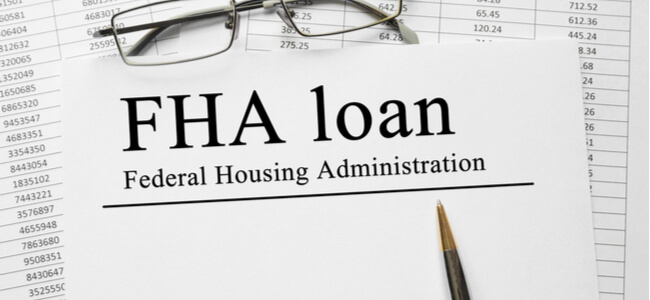What is APR?

Essentially, an APR is how much it costs you, as the borrower, to actually borrow the money you are seeking. One of the most common questions I receive is "what does APR mean?" when people ask me for advice on taking out a loan or a credit card. Any loan or credit product that you apply for should have the APR written as a percentage clearly on the terms and conditions.
It will take into account numerous factors relating to your personal finances in order to give you an estimate of how much extra you can expect to pay back on top of the original loan amount. While it is similar to interest rates, APR can also take into account other costs to give you a more detailed idea of how much the loan will actually cost you. If you want to know everything there is to know about what is APR interest, read this in-depth guide to find out.
What Does APR Mean?
First, let's cover the question on everyone's mind, "what does APR stand for?". APR stands for Annual Percentage Rate. It's essentially a calculation of how much you can be expected to pay for the cost of a loan. It takes the standard interest rates applied by the lender into account, as well as additional costs such as fees and costs related to your credit situation. It's the sum total of the extra amount you can expect to pay per year for a loan.
Let's take a quick example for those still wondering what APR rate is actually all about. Let's say you want to take out installment loans for a new car. The car costs $10,000, so you'll need to take out a $10,000 loan. If that loan comes with an APR of 5.5% and the loan is to be paid off in 36 monthly installments, then the full amount that you will pay back to the lender will come to around $10,850. This model is central to how banks and private lenders operate.
APR Types
First, it's important to distinguish the difference between a representative APR and a personal APR. A representative APR is exactly what it sounds like. It’s the APR that is stated on the website or description for a particular loan product. A representative APR is usually the rate that at least 51% of customers receive for that loan. On the other hand, the personal APR is the actual rate you will be charged for a loan. This will be based, above all, on your credit score and may be higher or lower than the advertised rate.
It's important to note that there are several different types of APR. The type of APR attached to a loan will have a big impact on your repayment obligations, so make sure you know what each type means and which is right for you.
In most situations, you'll either be given a fixed APR or a variable APR. A fixed APR is a rate that does not change at all during the lifespan of the loan. This means that you can calculate exactly what you will be expected to pay, making budgeting a lot easier.
Meanwhile, a variable APR is more fluid. It’s subject to change based on more general interest rates. It may be tied to, say, a prime index rate based on the NASDAQ. This can move up and down during the course of the loan, so you may end up paying more or less than you originally signed up for. It's worth noting that variable APRs do not change very dramatically, so you can still feasibly budget your payments.
What Are APR Levels?
So, how do you define a good APR? Regarding the levels of interest, APRs vary considerably depending on your financial situation and the type of loan you’re seeking. For example, some auto loan providers offer APRs for people with exceptional credit that can be as low as 4%. Meanwhile, on the other end of the spectrum, you may find that if you have poor credit, your APR can be as high as 40%, although this is rare.
With credit cards, your APR will closely be tied to your credit levels, with the provider often giving different 'levels' of rates depending on what category your score falls into. For example, a major credit card provider might typically offer an APR of 7% for good credit, 15% for medium credit, and 29% for bad credit. A provider will always tell you what APR you can personally expect before giving you a loan.
What Affects APR?
There are a number of factors that affect the APR you will receive. For example, these include:
- Type of Loan: Different types of loans will come with different APRs attached to them. Personal finance loans will almost always have a higher APR, whilst products such as auto loans will typically have a lower APR.
- Credit: Perhaps the most important thing that will affect your APR is your credit score. As we have already covered, a low credit score will typically mean higher APR, while a higher credit score will typically mean a lower APR. To access better APR terms, you can work to build a good credit score.
Remember that even if you have a poor credit score, you don't have to be locked out of the loan market. There’s a rich market for installment loans for bad credit that exist specifically to give low credit applicants a loan. Remember to consult comprehensive loan guides for more information and advice.



